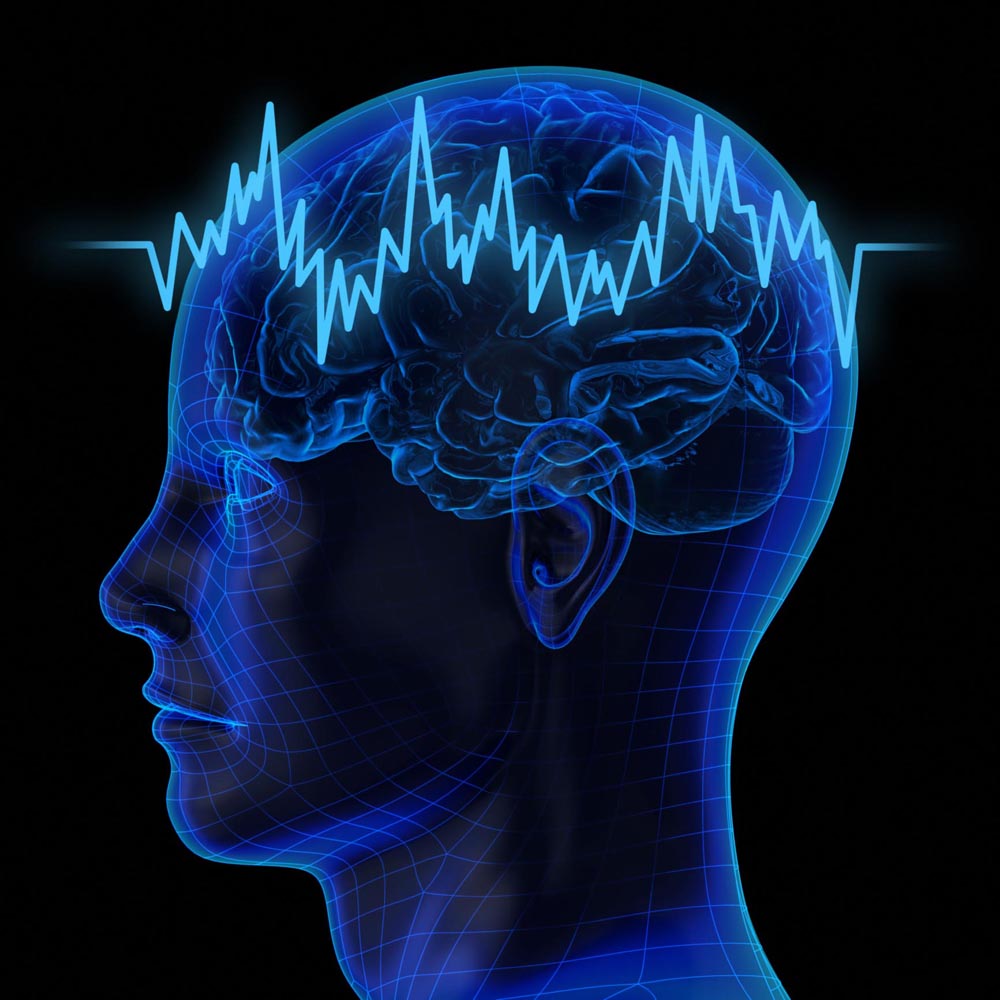 Neurodegenerative disorders such as Alzheimer’s or Parkinson’s
disease are characterized by their inability to sustain active neural connections
within the brain and the subsequent degeneration of these connections.
Researchers are currently looking for specific reasons on the occurrence of
these disorders, and some have made breakthroughs in possible causes. One such
researcher, Ben Yang, came to Loyola University Chicago to talk us about neural
degeneration as a response to calcium and cellular aging. His research focused
on L-type Ca+ channels and their engagement in increasing sensitivity of the
substantia nigra dopaminergic (SNc DA) neurons to mitochondrial toxins. This
increased sensitivity is what allows the mitochondria to insufficiently perform
in the electron transport chain, causing a cascade event that ultimately leads
to reactive oxygen species (ROS) and free radicals interfering with oxidative
processes and causing genetic mutations in neural DNA. Although researchers do
know about the effects of poor mitochondrial processes on neural damage, there
is still much to be discovered on other effects it may have or possibly other
reasons that may contribute to neural degeneration as well.
Neurodegenerative disorders such as Alzheimer’s or Parkinson’s
disease are characterized by their inability to sustain active neural connections
within the brain and the subsequent degeneration of these connections.
Researchers are currently looking for specific reasons on the occurrence of
these disorders, and some have made breakthroughs in possible causes. One such
researcher, Ben Yang, came to Loyola University Chicago to talk us about neural
degeneration as a response to calcium and cellular aging. His research focused
on L-type Ca+ channels and their engagement in increasing sensitivity of the
substantia nigra dopaminergic (SNc DA) neurons to mitochondrial toxins. This
increased sensitivity is what allows the mitochondria to insufficiently perform
in the electron transport chain, causing a cascade event that ultimately leads
to reactive oxygen species (ROS) and free radicals interfering with oxidative
processes and causing genetic mutations in neural DNA. Although researchers do
know about the effects of poor mitochondrial processes on neural damage, there
is still much to be discovered on other effects it may have or possibly other
reasons that may contribute to neural degeneration as well.
Sources:
Pictures:
http://www.puhuahospital.com/images/ckeditor/images/image001.jpg
https://www.google.com/url?sa=i&rct=j&q=&esrc=s&source=images&cd=&cad=rja&uact=8&ved=&url=https%3A%2F%2Fwww.uab.edu%2Fnews%2Flatest%2Fitem%2F2689-uab-studies-find-deep-brain-stimulation-changes-rhythms-to-treat-parkinsons-disease-and-tremor&psig=AFQjCNEWY8NlyXPJa8oT3d1a-zH9igQ55g&ust=1476995860403678

It is true that this disease is really necessary to get proper treatment but there are some people or professionals who are really working hard to prevent and cure this disease. I know an amazing parkinson's disease treatment and it is really effective.
ReplyDelete
ReplyDeleteI’ve been living with Parkinson’s disease for some time, and nothing I tried seemed to make a lasting difference—until I began the herbal treatment from NaturePath Herbal Clinic. I was skeptical at first, but after about four months, I started to notice real improvements. My tremors became less frequent, my stiffness reduced, and my balance and coordination gradually began to improve.
For the first time in years, I feel more in control of my body and daily life. I can move more freely, sleep better, and even enjoy simple activities again without constant discomfort. The changes have been truly uplifting—both physically and emotionally.
If you're exploring natural options for managing Parkinson’s, I genuinely recommend giving this a try. It’s been a life-changing experience for me.
Learn more at: www.naturepathherbalclinic.com